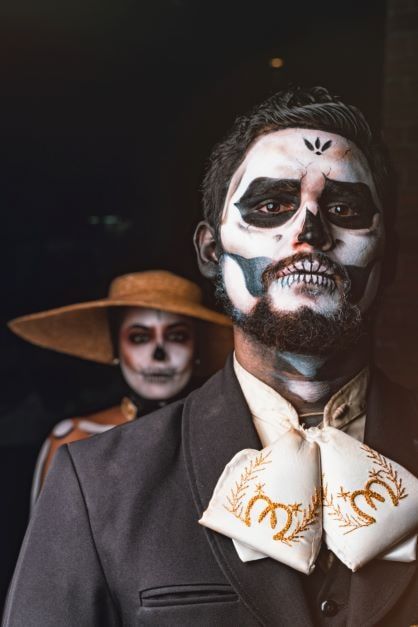What are the differences between the Day of the Dead and Halloween?
Although there are some similarities, such as the fact that they are syncretic rituals that coincide with the Christian and Catholic celebration of the faithful departed, there are marked differences.





